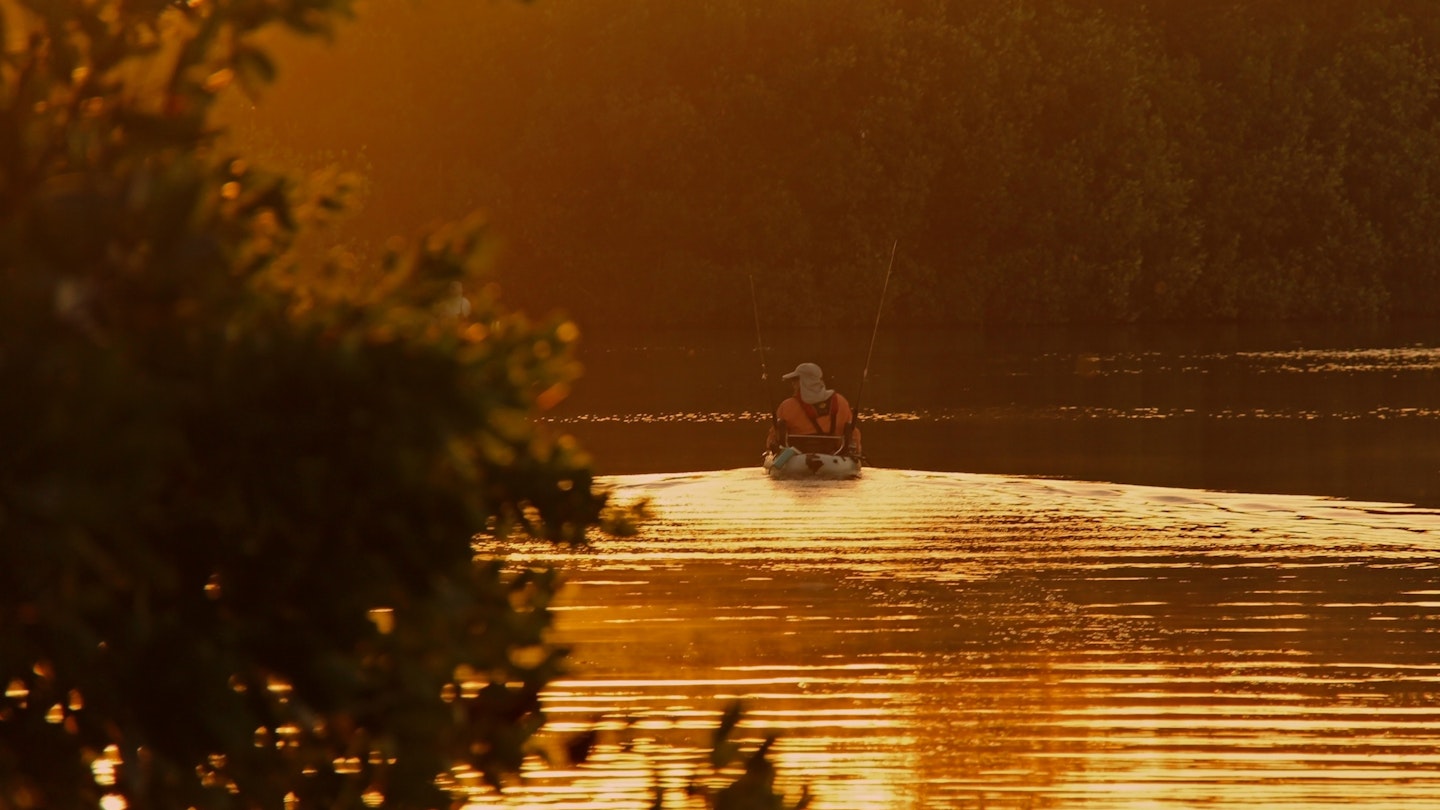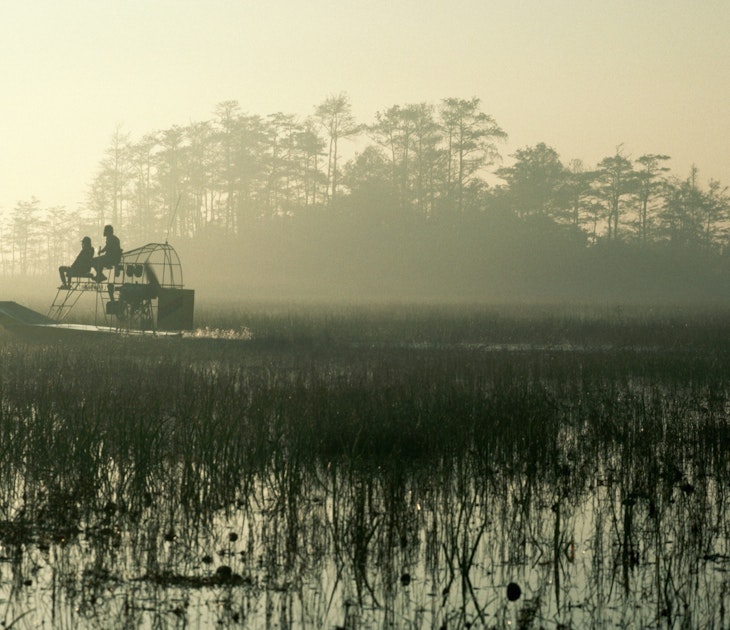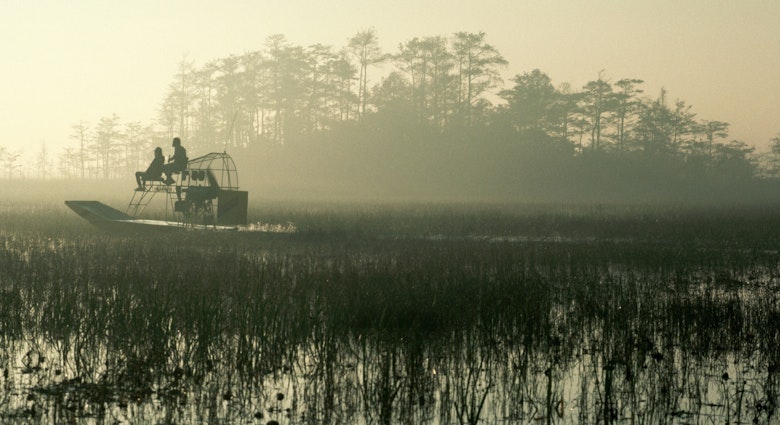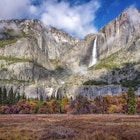Scattered along the western edge of the Everglades National Park, you’ll find the Ten Thousand Islands National Wildlife Refuge, a labyrinth of land and channels harboring a surreal amount of plant and animal life. While there aren’t quite 10,000 islands here, it is one of the biggest mangrove systems on the planet, making it an international treasure.
The region runs from Cape Romano, the southernmost tip of Marco Island, to the mouth of what's known as Lostman’s River, close to Everglades City. In places it can be difficult to tell which are genuine islands (ie the tips of landscapes submerged in the shallow waters) and which are mangroves (plant life that grows between the point of high and low tide) that have grown atop oyster mounds; the mangroves occupy an estimated 230 square miles.
Visit this remote part of the Everglades for an epic adventure into the rare and wondrous ecosystem that defines this part of southwestern Florida.
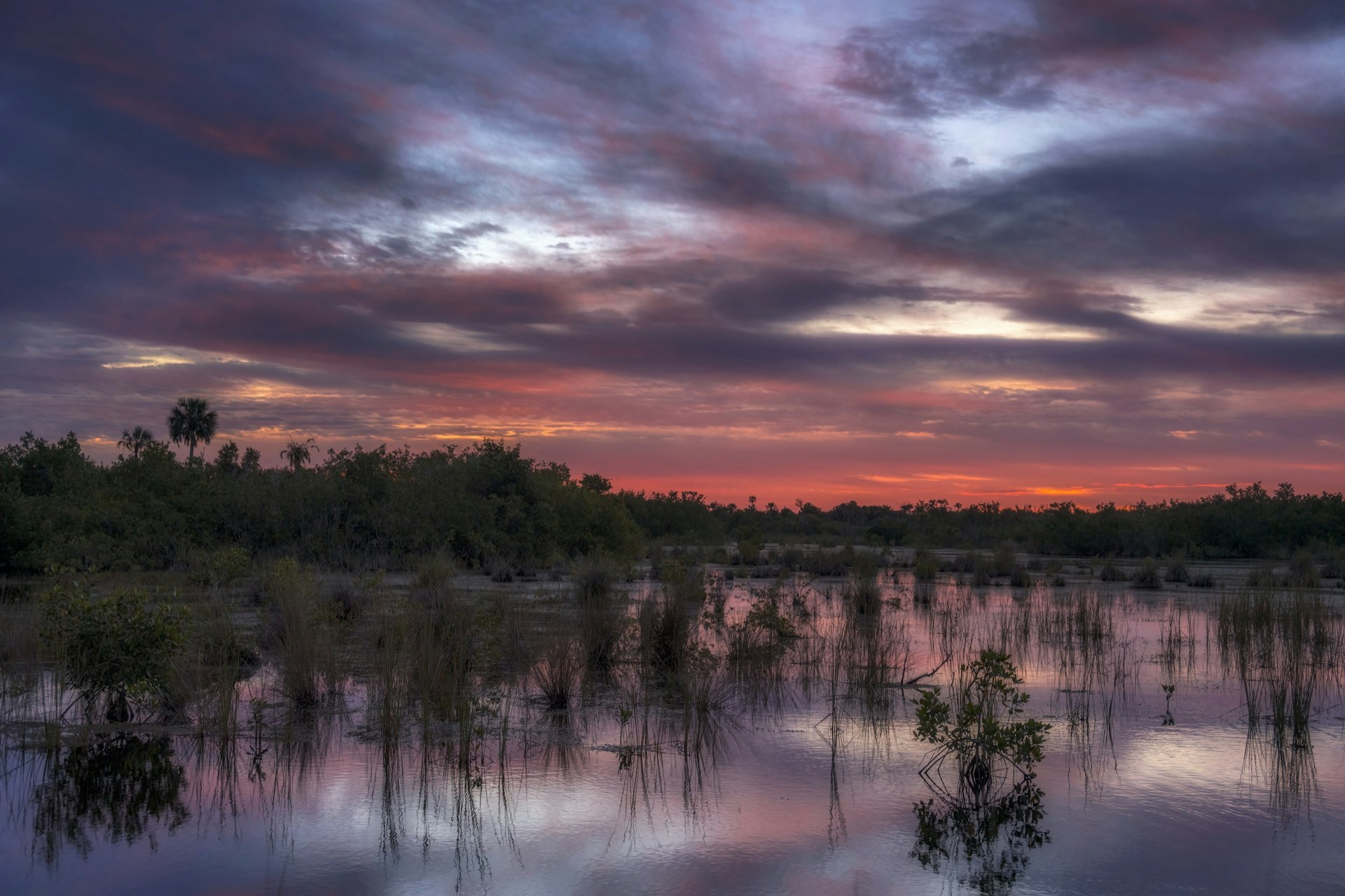
History of the Ten Thousand Islands
The Ten Thousand Islands have long been a fertile place, attracting fish, game – and consequently humans – for thousands of years. In fact, archaeologists have found evidence of Native American habitation from around 3500 years ago, although some of these sites have since disappeared beneath rising sea waters.
The land originally belonged to the Calusa, who created large shell mounds and structures, built sophisticated docks and bridges, and dug canals throughout the region. When the Spanish arrived in the 1500s, European diseases killed 80 percent of the indigenous population of Florida and the Ten Thousand Islands weren’t spared – the Calusa died in great numbers.
The area was ceded to Europeans and small groups of Seminole by the mid-1700s and eventually white fishermen took over the area for commercial fishing.
By the middle of the twentieth century, the Ten Thousand Islands were almost completely uninhabited – most people moving to nearby Marco Island, Naples and Everglades City – and the region was designated a national wildlife refuge in 1996. Today, it is a protected tangle of dense mangroves, lagoons, and tunnels, attracting outdoor enthusiasts drawn to its isolated beauty.

Wildlife watching
The Ten Thousand Islands area was carved by the freshwater of the Big Cypress National Reserve as it escaped to the gulf, forming brackish estuaries, marshes, mangrove forests and hammock ecosystems (upland areas of forest surrounded by low-lying land) along the coast. Wildlife from air, land and sea congregate here to feed and take shelter in the plant growth.
Within the twisting waterways you’ll find more than 200 bird species, nearly 200 types of fish (including the huge goliath grouper), five different species of turtle and tortoise, and marine mammals like the Florida manatee and bottlenose dolphin.
If the thought of paddling next to an alligator fills you with dread, however, you’re in luck – unlike the rest of the Everglades where alligators are the most frequently seen large animal, they’re relatively uncommon in the Ten Thousand Islands, as they tend to avoid salt water.
Come with a pair of binoculars in hand and embark on the ultimate critter scavenger hunt.

Florida’s premier fishing destination
The Ten Thousand Islands are an angler’s paradise – the nutrient-rich waters and shallows attract a wide array of sport fish including grouper, permit, snook, snapper, triple tail, kingfish, and the majestic tarpon. Charter a boat or head out in a kayak for a peaceful fishing experience among the mangroves; the region is also known as an excellent fly-fishing location thanks to the high visibility of its waters.
If you plan to hit the water with your rod, you’ll need to obtain a Florida fishing license – there are separate licenses for fresh- and saltwater fishing. Non-resident licenses are available with prices ranging from $17-$50 based on the length of your trip. Grab one ahead of time from gooutdoorsflorida.com or buy it in person at local hardware stores, bait-and-tackle shops, or Walmart.

Guided tours
Navigating the Ten Thousand Islands on your own involves some serious planning and navigation knowledge. The Gulf Coast Visitor Center sells nautical charts and gives out free tidal charts. You can also purchase charts prior to your visit – call 305-247-1216 and ask for charts 11430, 11432 and 11433.
If you’re a novice mangrove enthusiast, the best way to experience the reserve would be by booking a guided tour. Tours are available from Everglades National Park Adventures, run out of the Gulf Coast Visitor Center in Everglades National Park, as well as several other outfitters on Marco Island.

Marco Island
The largest and most developed of the region’s barrier islands, Marco Island is an ideal place to relax and enjoy southwestern Florida’s creature comforts while taking in the beauty of the Ten Thousand Islands. Glistening public beaches face the tranquil waters of the gulf – Tigertail Beach and nearby Sand Dollar Spit offer amazing shelling experiences, or simply a quiet, picturesque place to enjoy the view.
Once you’ve had your fill of the outdoors, head to one of the island’s seafood restaurants to indulge in the ocean’s delicious bounty – pop into the historic Snook Inn for a meal straight from the docks.
Just a 30-minute drive from Naples and a 40-minute drive from Everglades National Park’s Gulf Coast Visitor Center, Marco Island makes for a convenient day trip whether you’ve been out on Naples’ shopping boulevard or mangrove hopping in the national reserve.

Make it happen
The best time to visit the Ten Thousand Islands is December through April. Not only are the temperatures balmier than during a Florida summer, but you’ll run into fewer mosquitos and afternoon storms. Late summer and fall also bring hurricane season – best avoided since you’ll be exploring by boat. Some beach camping spots close from May 1-Sep. 30 to protect nesting birds and sea turtles.
Other things to know:
- If you plan to strike out on your own, you had better know how to read a nautical map. Traveling through the channels is difficult, and a regular map won’t cut it. Equip yourself with a GPS and, ideally, a satellite phone to contact someone in case of emergency.
- The tides can change a peaceful paddle to an exhausting slog – do your research and use the tides to your advantage.
- Always check the weather before heading out.

